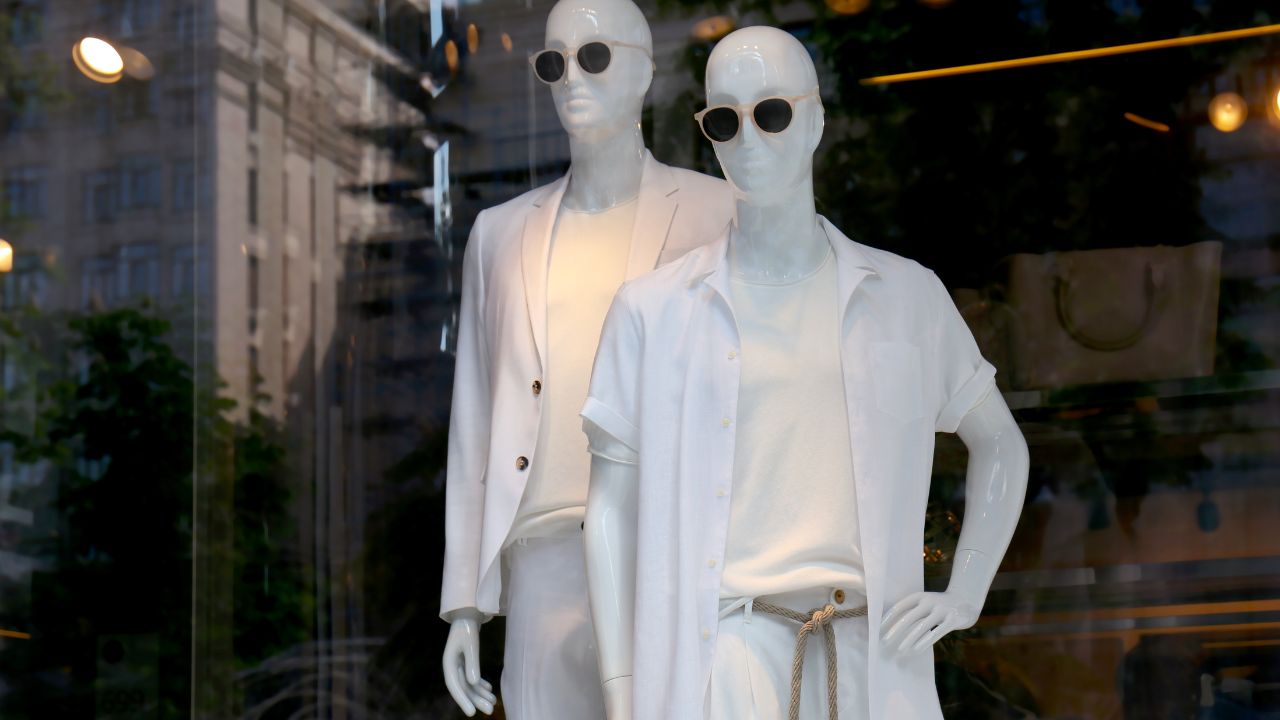The world of licensing and merchandising is always moving, shaped by new technologies, shifting consumer behaviors, and creative collaborations. As we move toward 2025, a number of important trends will shape how brands connect with people and reach more people. It’s important for brand owners to understand these changes in order to come up with successful strategies that increase sales and strengthen brand identity.
The most important licensing and merchandise trends for 2025 will be looked at in this post. We will cover everything from the rise of digital goods to the growing importance of sustainability. You will learn how to use these trends to make strong brand experiences and product lines that do well.
The Digital Frontier: NFTs and Metaverse Merchandise
One of the most significant shifts in licensing and merchandising is the expansion into digital spaces. These days, brands are using the metaverse and non-fungible tokens (NFTs) to interact with digital natives.
We think that there will be a lot of virtual named goods in 2025. This includes digital clothes for avatars, one-of-a-kind things in games, and NFTs that let you get into areas that only certain people can see. Brands are starting to understand that having a strong presence in the metaverse can lead to trust in the real world.
A brand’s intellectual property can be sold to be used in virtual worlds, which opens up whole new ways to make money. For instance, a fashion brand could make deals with well-known game platforms to let them use their designs. This way, the brand could reach millions of potential customers in a fun and interactive way. This kind of brand licensing lets people be creative without having to deal with the problems that come with making something physically.
Sustainability Takes Center Stage
People today care more about the environment than ever. The license and merchandise business is aware that this has an effect on their choices about what to buy. By 2025, sustainability won’t be a nice-to-have, it will be a must.
Brands are actively looking for partners who care about doing business in an ethical and environmentally friendly way. This changes everything, from the materials used to make named goods to how clear the supply chain is. We are seeing a move toward:
- Eco-Friendly Materials: Use of recycled plastics, organic cotton, and biodegradable materials in a wide range of product categories.
- On-Demand Production: Reducing waste by producing items only after they are ordered, a model that is becoming more viable with advances in printing and manufacturing technology.
- Ethical Sourcing: Ensuring that all licensing agreements include clauses that mandate fair labor practices and responsible sourcing of raw materials.
A brand owner who prioritizes sustainability can achieve significant brand enhancement. It shows a commitment to values that resonate deeply with today’s consumers, building trust and a positive brand image.
The Power of Nostalgia and Retro Licensing
What’s old is new again. There is still a lot of nostalgia behind licensing and merchandise. People have strong emotional ties to the 1980s, 1990s, and early 2000s, and brands are good at playing on those connections.
This trend is more than just putting out old patterns again. It means giving old intellectual property new life for a current audience. Imagine a partnership between an old cartoon character and a new streetwear brand, or the re-release of an old video game system with new features.
These ads work because they appeal to a wide range of age groups. For older customers who remember the old goods, and for younger customers who like the retro look, they connect. With this strategy, a brand owner can use their current intellectual property to make new and exciting branded products that feel both old and new. The important thing is to keep the brand’s core character while making changes to fit the needs of the current market.
Hyper-Personalization and Customization
One-size-fits-all, generic goods are becoming less popular. People want goods that are one-of-a-kind and feel like they belong to them. Thanks to progress in technology, brands can now offer a lot of customized choices more easily and for less money.
We will see hyper-personalization built into a lot of licensing and merchandise schemes by 2025. This can look like a lot of things:
- Customizable Apparel: Allowing customers to add their names, choose color combinations, or select from various graphics.
- Personalized Products: Offering items like phone cases, mugs, and stationery that can be tailored with personal photos or messages alongside brand logos.
- Interactive Experiences: Creating online tools that let users design their own branded merchandise before purchasing.
Customers feel more connected to a brand when they can customize things this much. It turns a simple buy into a creative and interesting experience, which makes customers happier and more loyal. Platforms that can provide these customized experiences on a large scale will become more and more important to brand licensing partnerships.
Experiential Licensing and Live Events
Consumers are increasingly valuing experiences over possessions. Because of this change, experiential licensing has grown. This is when brands use their intellectual property to make events, pop-up shops, and sites that are more immersive.
Brands aren’t just selling t-shirts with movie characters on them; they’re making whole worlds for fans to enter. Like themed coffee shops, escape rooms, or events that last more than one day. These events have named goods that can only be bought there, which makes them even more desirable.
This trend is popular because it helps people make memories that last a long time. An enjoyable, all-encompassing event is a much better way to connect emotionally with a brand than a dull advertisement. The licensing deals for these events are complicated, and they usually involve more than one partner for things like selling tickets, running the venue, and running the stores.
But the chance to improve the brand and make sales directly to customers makes it a strong plan for 2025. In a very real way, this method helps to solidify a brand’s character.
What is the Main Difference between Licensing and Merchandising?
Licensing is the act of renting out your intellectual property (like a brand name, logo, or character) to another company to use on their products. Royalties are paid to the owner of the brand. Merchandising is the term for the things that are sold to customers, like branded items. Basically, licensing is what makes merchandise possible.
The Rise of Food and Beverage Collaborations
The food and beverage business is one of the licensing and merchandising industries with the quickest rate of growth. Brand collaborations in this space are becoming more creative and unexpected, capturing consumer attention in a crowded market.
Fashion brands are introducing their own coffee blends, entertainment businesses are partnering with snack companies, and artists are working with beverage corporations on limited-edition packaging. These collaborations work well because they capitalize on regular consumer behavior. A partnership with a well-known food or beverage company can organically and joyfully introduce a piece of intellectual property to a broad audience.
Brands can investigate new product categories that they would not be able to join on their own thanks to these license agreements. It’s a low-risk method for brand owners to test market viability and promote their brand by associating it with a popular food or beverage product. Finding a partner whose brand identity is similar to yours is crucial to making sure that customers perceive the partnership as genuine.
Final Thoughts
In 2025, the licensing and merchandising market will be vibrant and brimming with possibilities. A thorough grasp of customer preferences and agility will be essential for success. Trends like personalization, sustainability, and digital integration are more than simply fleeting fads; they signify a fundamental change in the way consumers interact with brands.
Adopting these trends will help you develop a licensing and merchandising plan that not only increases sales but also strengthens and popularizes your brand. The objective is always the same, whether you are developing immersive fan experiences, introducing an eco-friendly product line, or branching out into the metaverse: to establish a deep and enduring relationship with your audience.
Are you prepared to create a successful licensing and merchandising plan that follows the newest trends? To find out how our professional advice may improve your brand and open up new growth prospects, visit Marketing Immersion.






